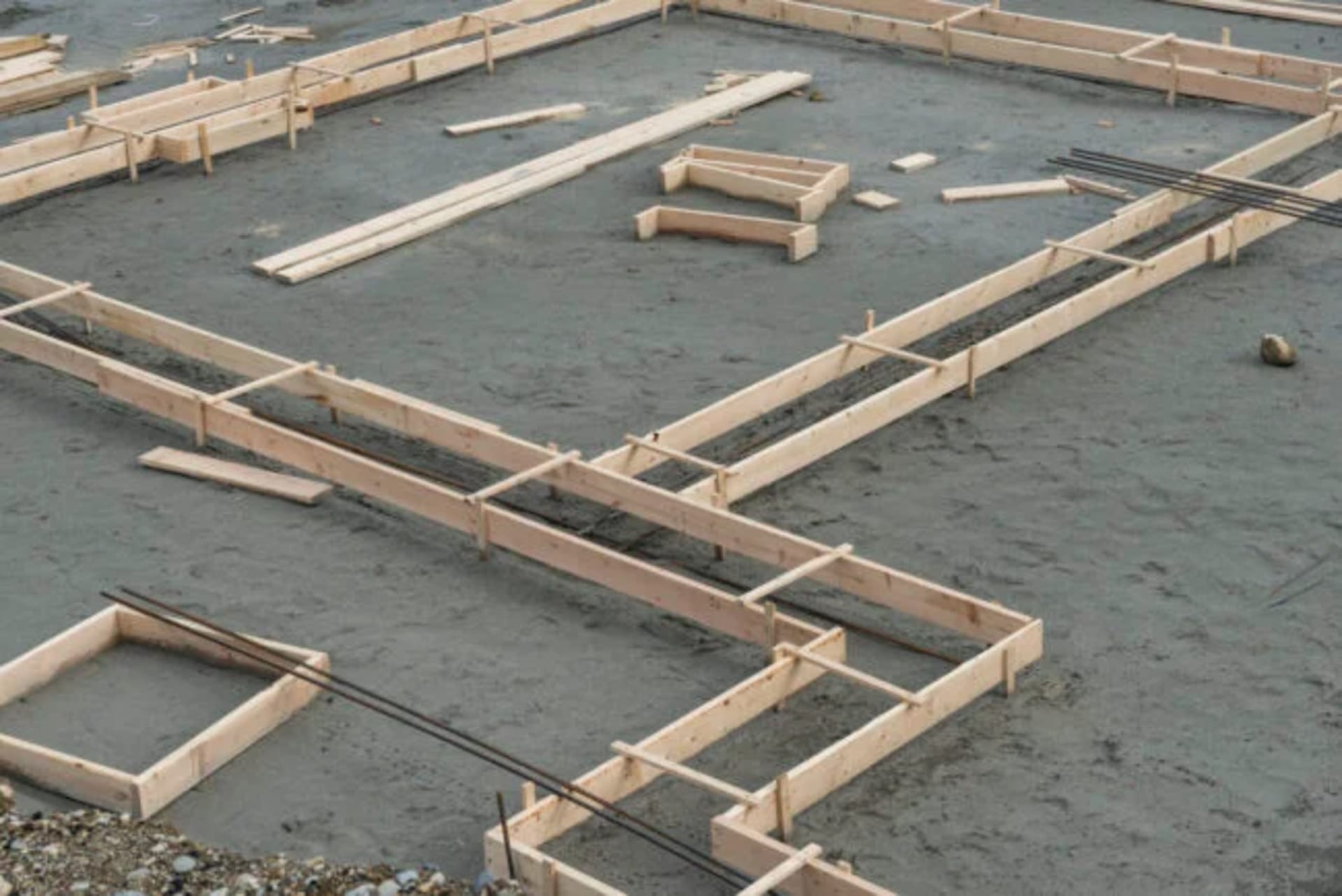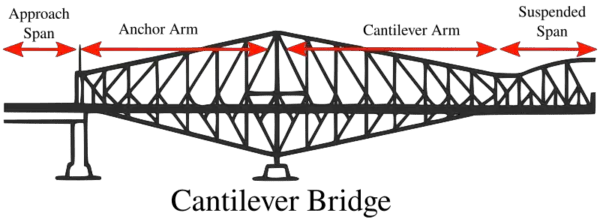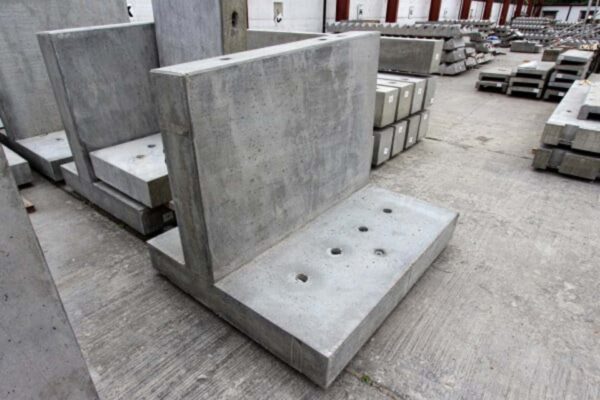Whether you’re renovating your outdated driveway, expanding a cramped patio space, or designing a new modern backyard oasis, increasing numbers of homeowners are discovering the versatile durability of concrete for residential settings.
working with concrete also comes with some common pitfalls to avoid, like cracking, scaling, crumbling, or discoloration when the mixture, forming, pouring, and curing gets rushed or handled improperly.
with the right planning, contractor selection, and maintenance, residential concrete will provide lasting enjoyment for decades to come.
Residential concrete use continues growing as homeowners discover the durability, customization, and design possibilities for enhancing living spaces. .
What is Residential Concrete?
Residential concrete involves pour-in-place concrete, precast products, masonry units, and refacing products adapted for low-rise housing applications like driveways, slabs, foundations, walls, and landscaping features.
Advantageous strength, longevity, and abrasion resistance make concrete suitable for demanding residential settings. Customizable forms enable decorative options too.

Pros of Residential Concrete
Concrete offers :
- Long service life spanning decades
- Resilience to weathering, wear, and high traffic
- Energy efficiency in thermal mass walls and radiant systems
- Custom colors, textures, patterns, and finishes
- Competitive pricing for many applications
- Sustainable attributes with recycled content usage
Proper installation and maintenance facilitates optimal concrete performance.
Cons of Residential Concrete
Potential downsides of residential concrete involve:
- Substantial weight and transported emissions
- Susceptibility to salt/chemical deterioration
- Cracking without sufficient joints and steel reinforcement
- Higher perceived hassle factor with pouring/curing logistics
- Limited do-it-yourself experience among homeowners
Applications of Residential Concrete
Residential concrete serves contractors and homeowners across a wide range of exterior and interior applications:
Foundations
Poured concrete foundations featuring reinforced footings, stem walls and slabs withstand residential loads and anchor homes. Insulating concrete forms (ICFs) boost energy efficiency.
Slabs
Garages, basements, shops and sheds often use concrete slab-on-grade floors for durable, low-maintenance performance. Radiant heat systems can integrate into slabs.

Walkways
Stamped or colored concrete walkways, sidewalks and short driveway sections enhance landscape designs with custom textures and hues.
Patios
Patterned, stained or exposed aggregate concrete patios create attractive outdoor living spaces. Cooler surface temperatures aid comfort.
Walls
Pre-cast and tilt-up concrete structural walls afford design flexibility. Integrally colored splits face blocks or colored self-consolidating concrete in formwork reduces finishes.
Pools
Shotcrete, pavers and poured-in-place decorative concrete offer design versatility for curving pools and spas. Cool decking lasts for decades.
Interior Flooring
Durable, seamless polished concrete flooring and colored concrete resurfacers provide modern interior floor options.
The wide range of residential applications highlight concrete’s versatility, longevity and customization advantages. Proper installation and protection enables concrete to elevate residential spaces for many years.
mix design specifications for residential concrete
- Strength – Concrete designed for residential settings often specifies a 28-day compressive strength between 3000-4000 PSI depending on the application. Higher strength mixes up to 5000 PSI may be used in some structural applications.
- Water/Cement Ratio – The water to cement ratio influences concrete strength and durability. Residential concrete will generally be 0.45 to 0.65 w/c ratio. Lower is better for reduced permeability but impacts workability.
- Cement Content – The amount of cement used affects the cost, strength and shrinkage. Cement contents range from 450-700 lbs per cubic yard for most residential concrete.
- Aggregates – Locally available coarse aggregates up to 1″ size and natural sand meeting ASTM C33 gradation standards are typical. Aggregates comprise up to 70% of concrete volume.
- Air Content – Air entrainment agents are added to improve workability and freeze-thaw resistance for exterior flatwork and some interior residential slabs exposed to moisture. 6% ± 1.5% air content is common.
- Slump – The measure of concrete workability should match placement methods. Slumps between 3″-5″ facilitate residential hand pours. Higher slumps aid pumping.
- Special Additives – Plasticizers, accelerators, corrosion inhibitors, and coloring pigments are added in some specialty residential concrete per application.
Proper proportioning, mixing, transporting, placing, consolidating, finishing and curing practices must adhere to specifications for durable residential concrete.
Conclusion
Concrete affords homeowners versatility across numerous residential building applications.
Paying attention to mixture design specifications, weather constraints, licensed contractor selection, curing protocols, and maintenance best practices unlocks positive long-term performance.






